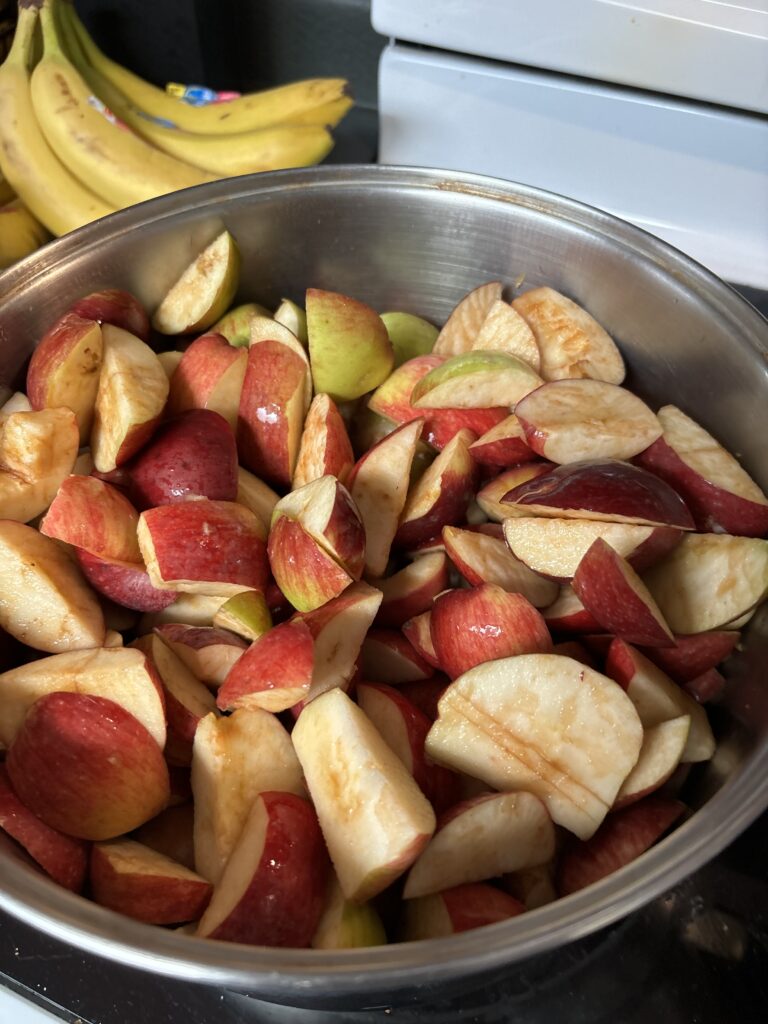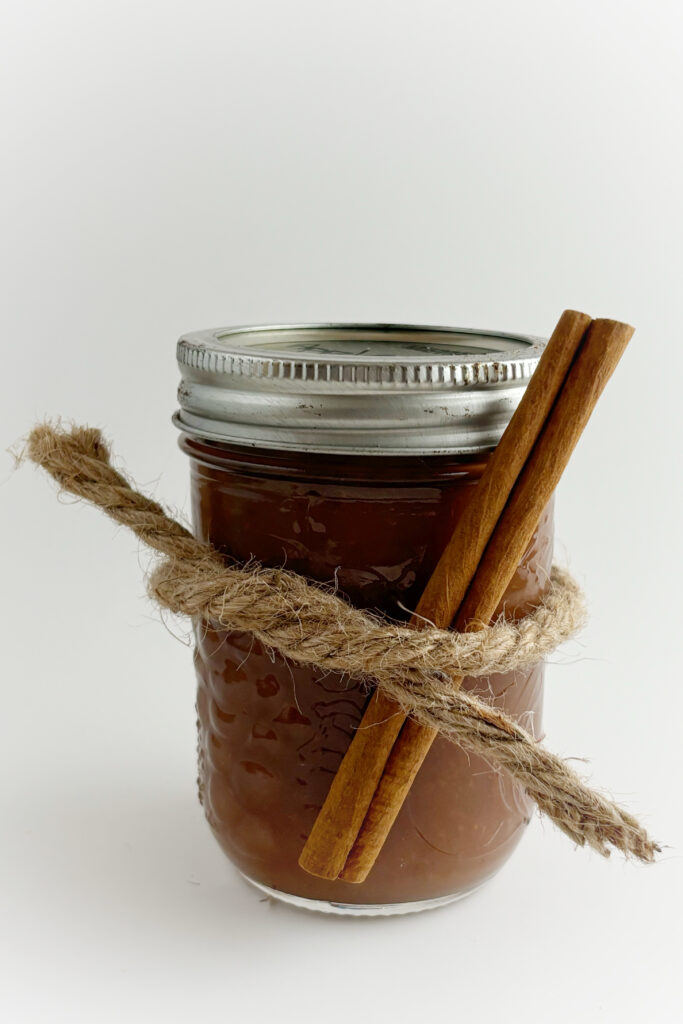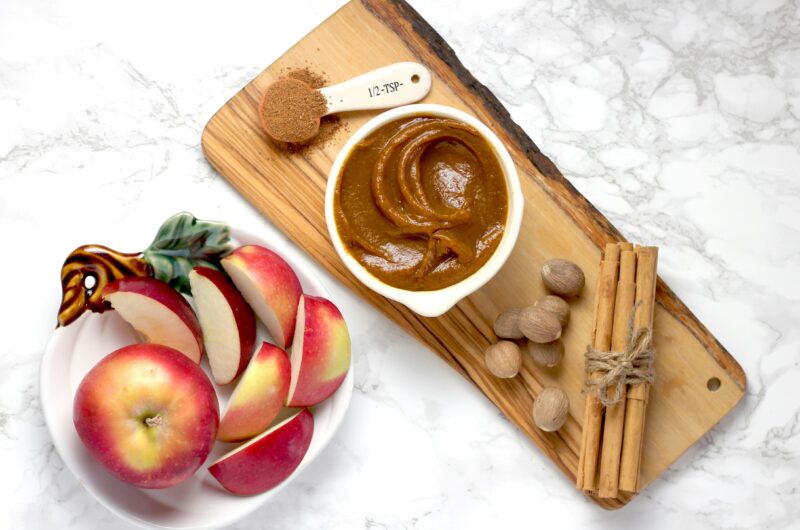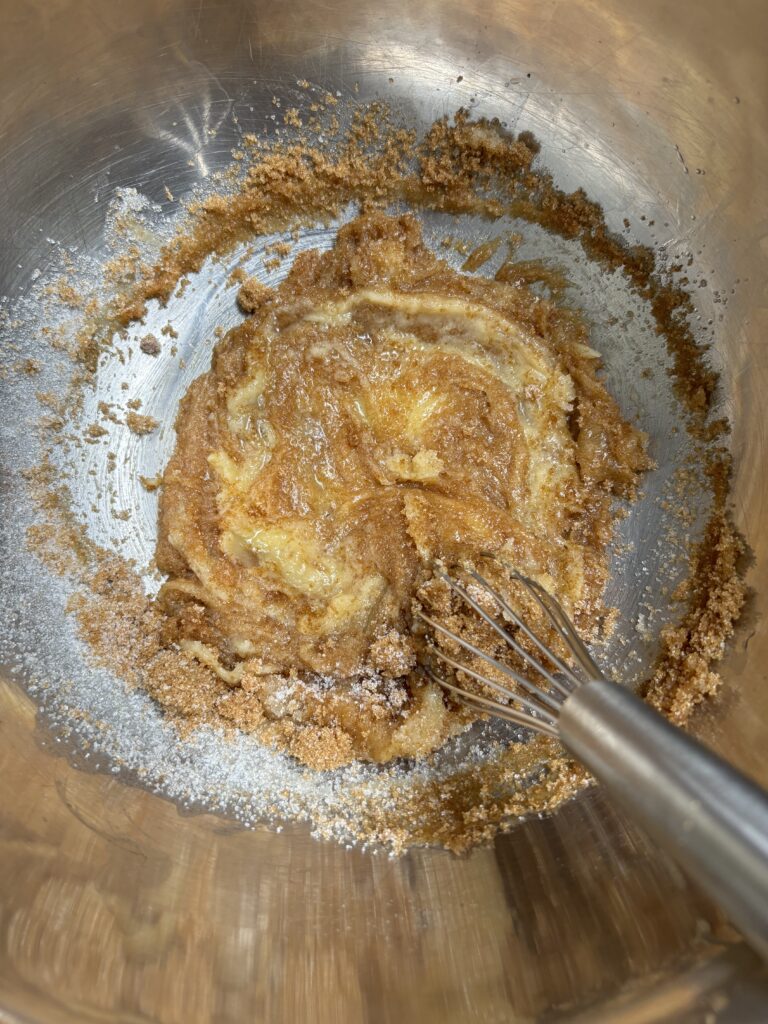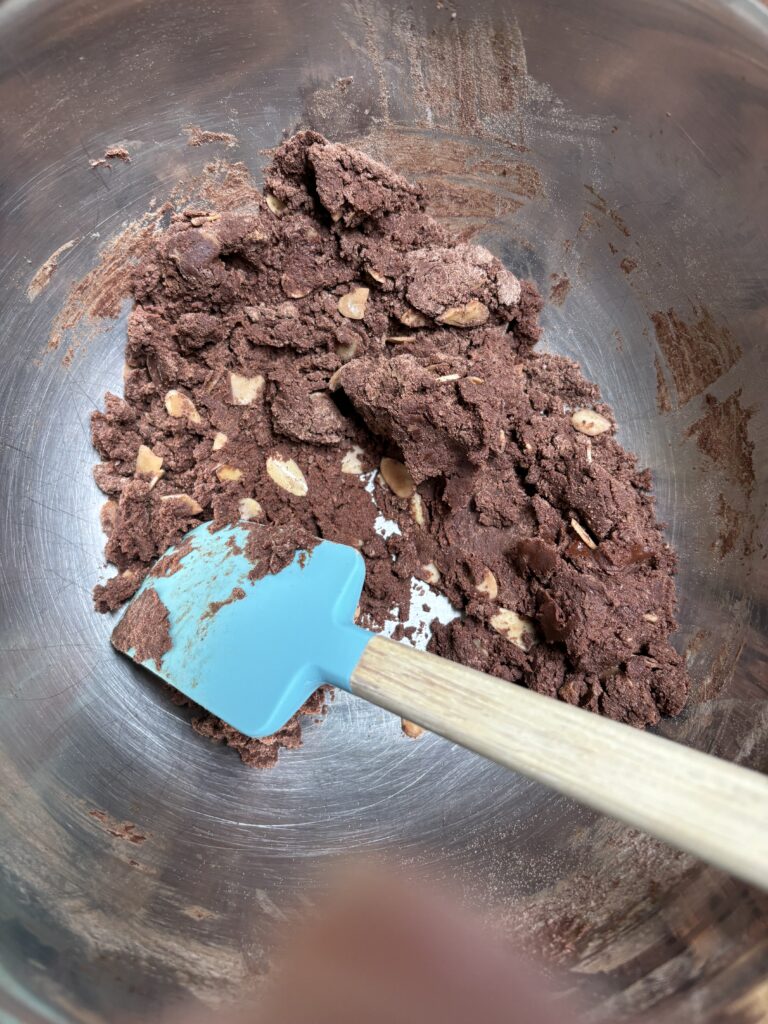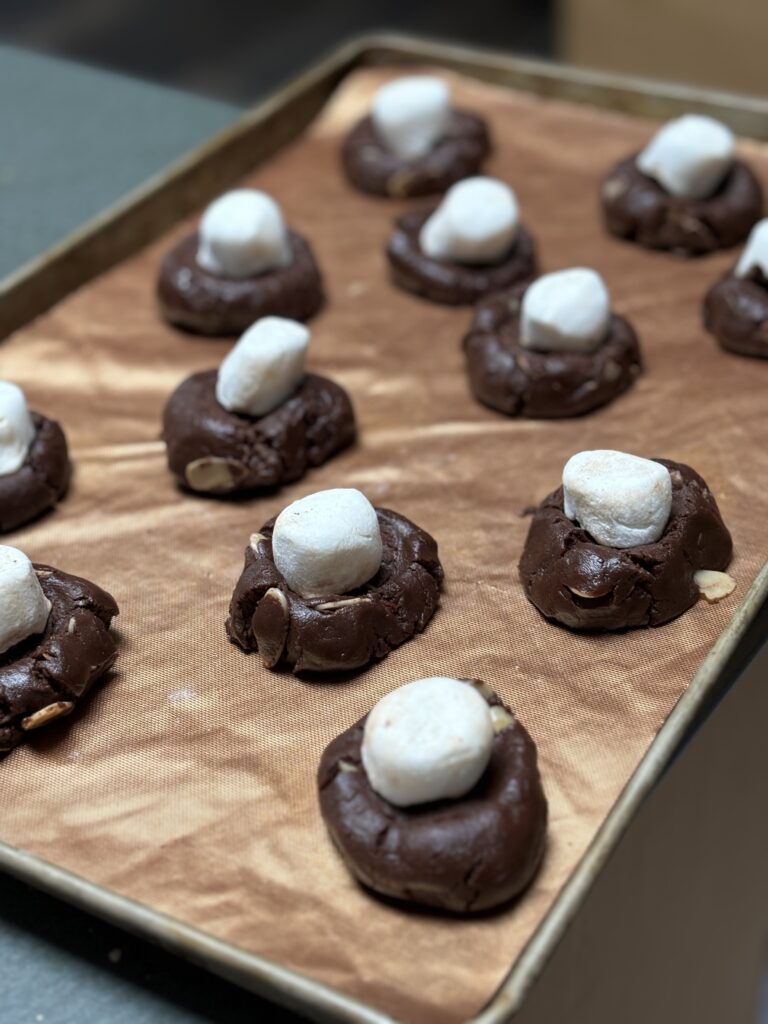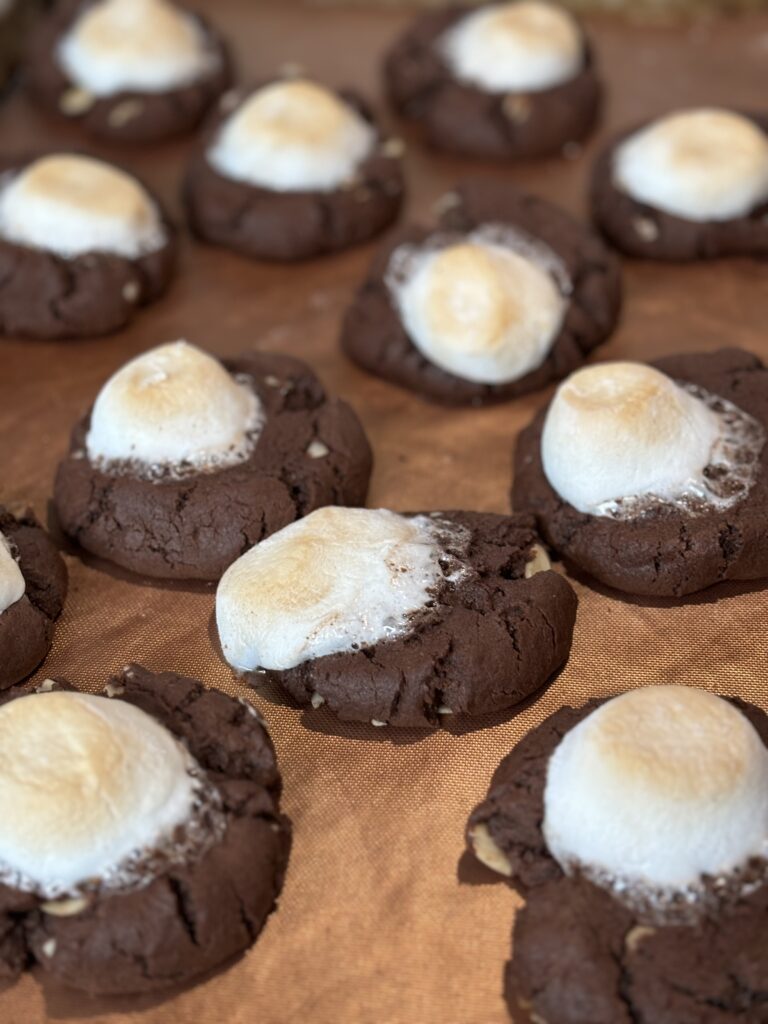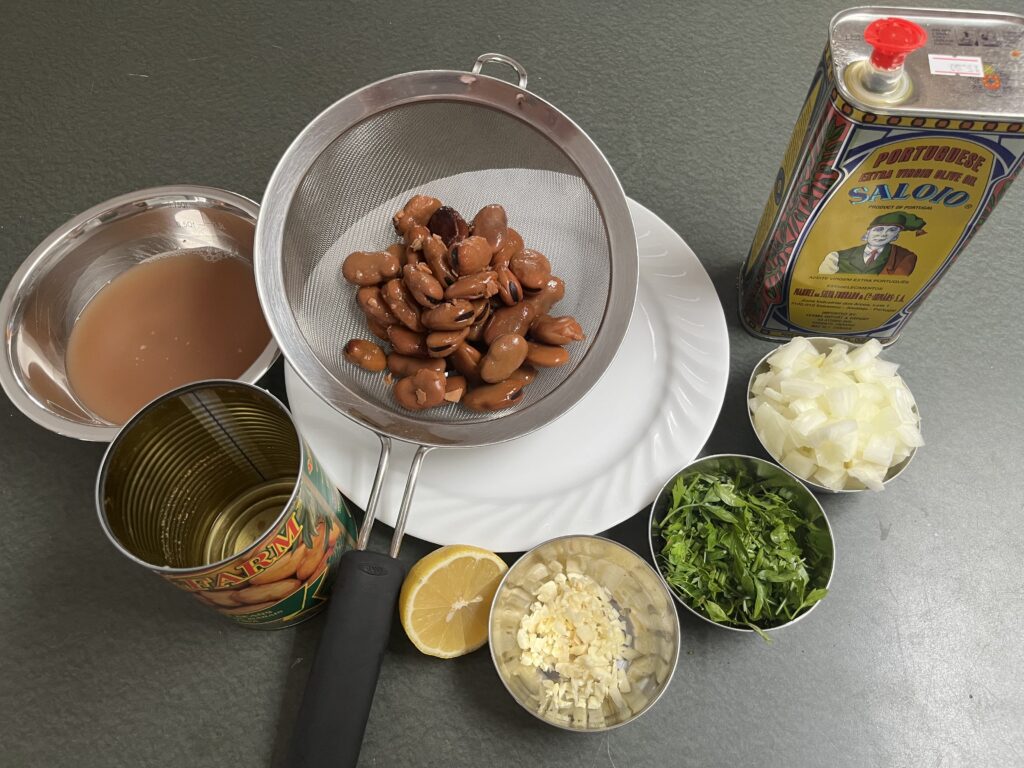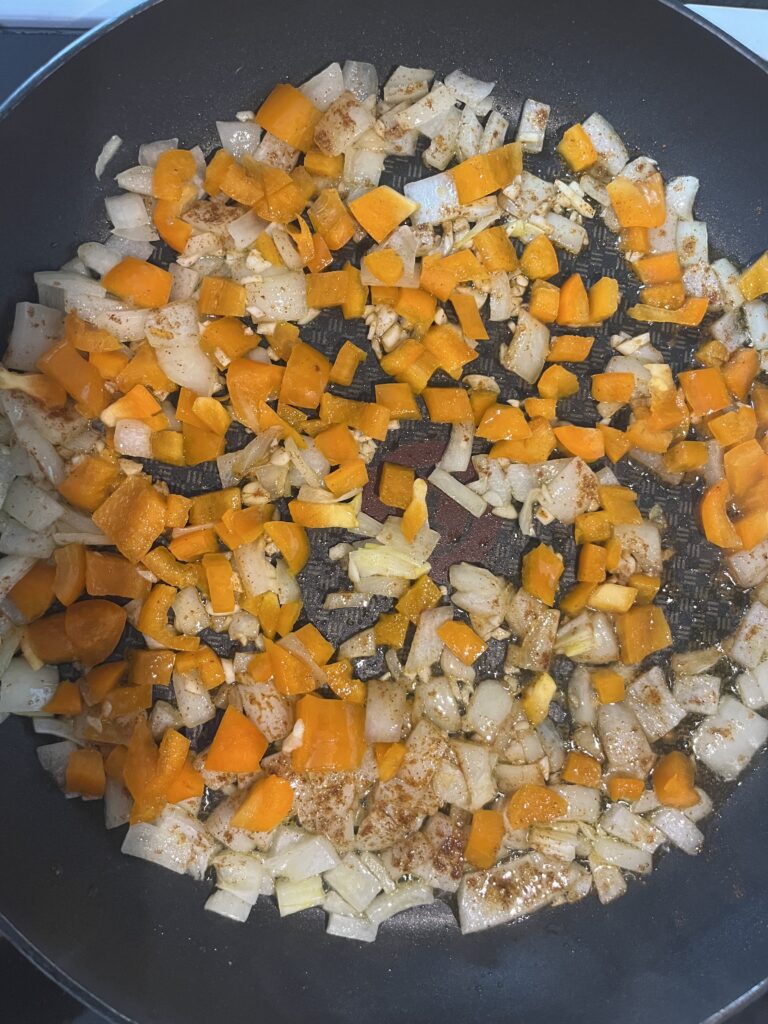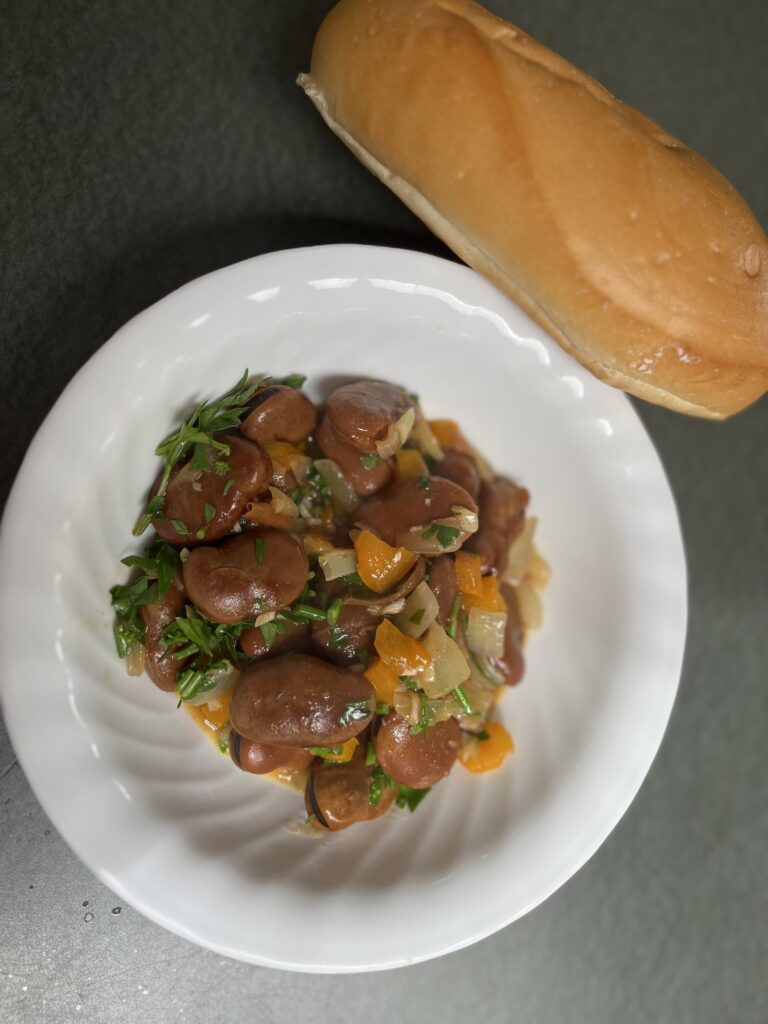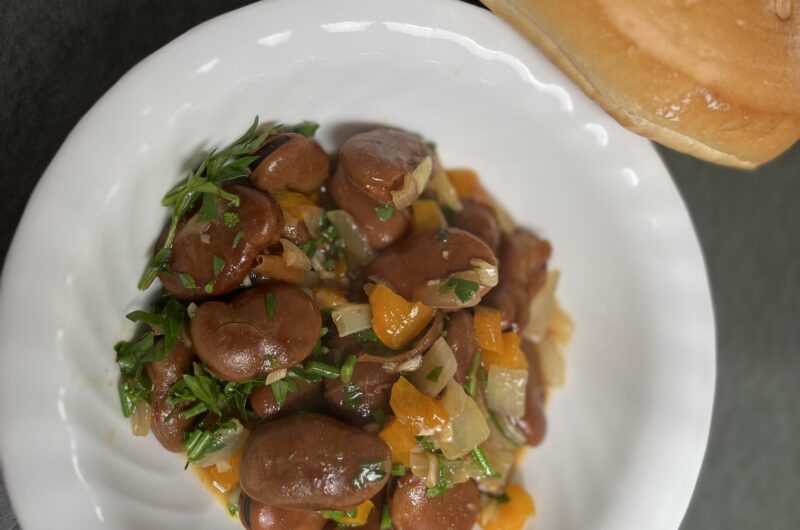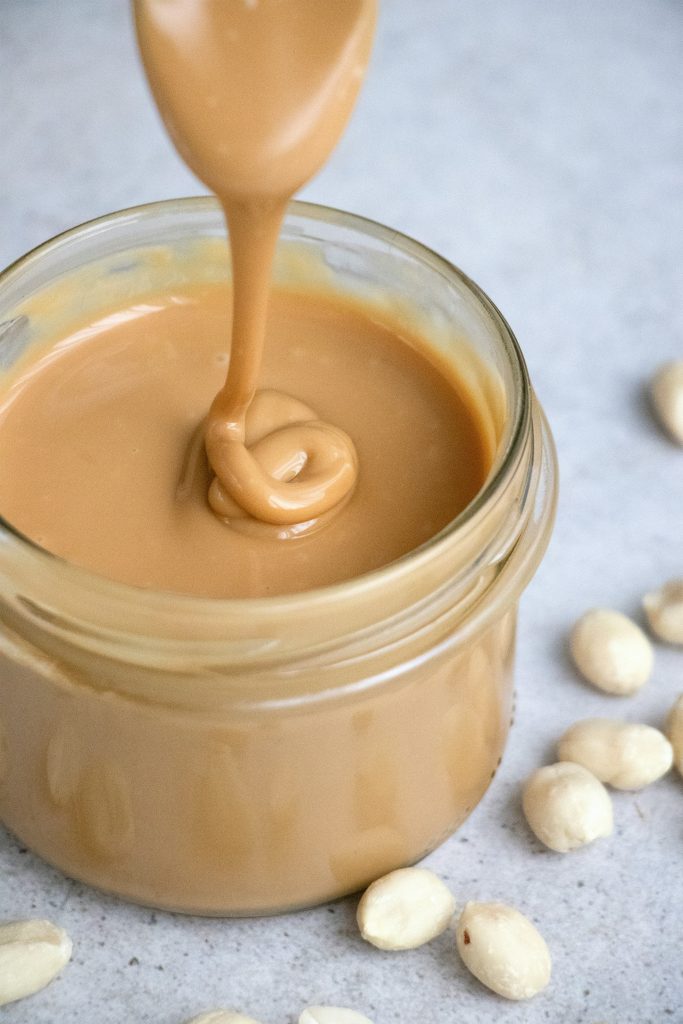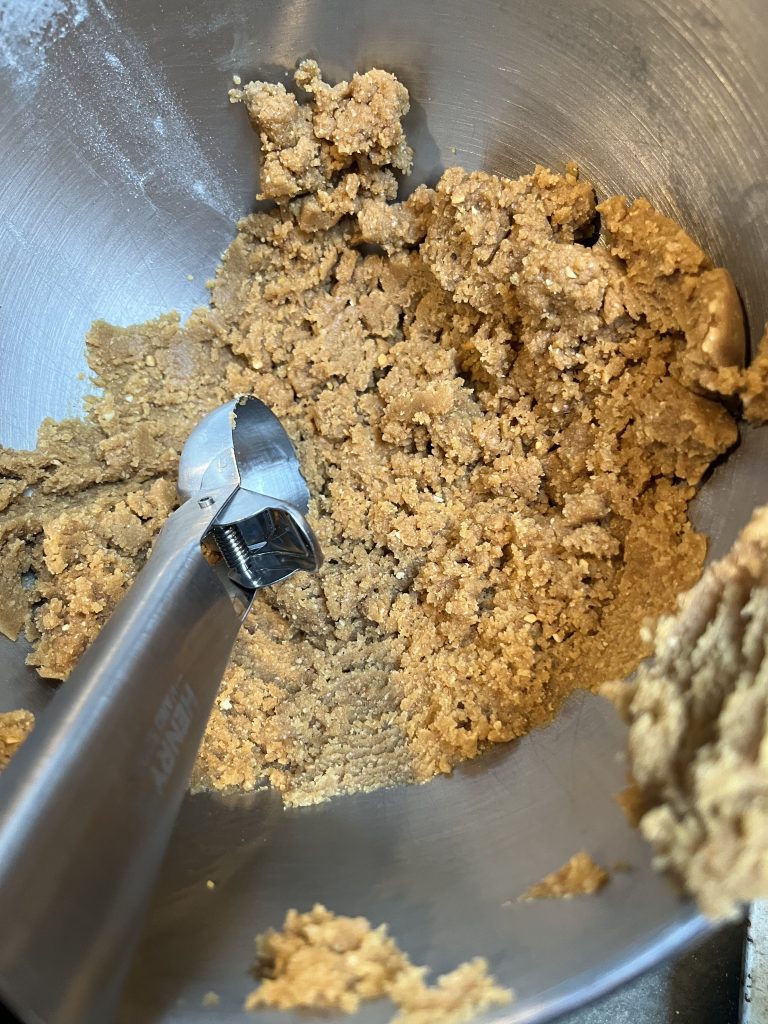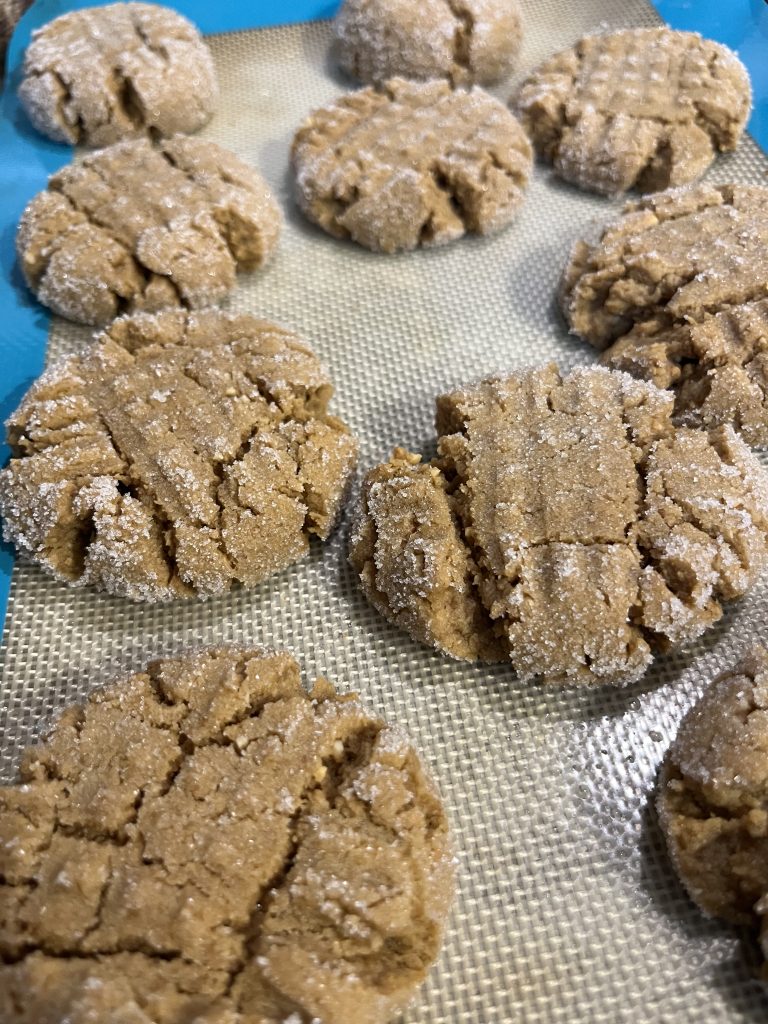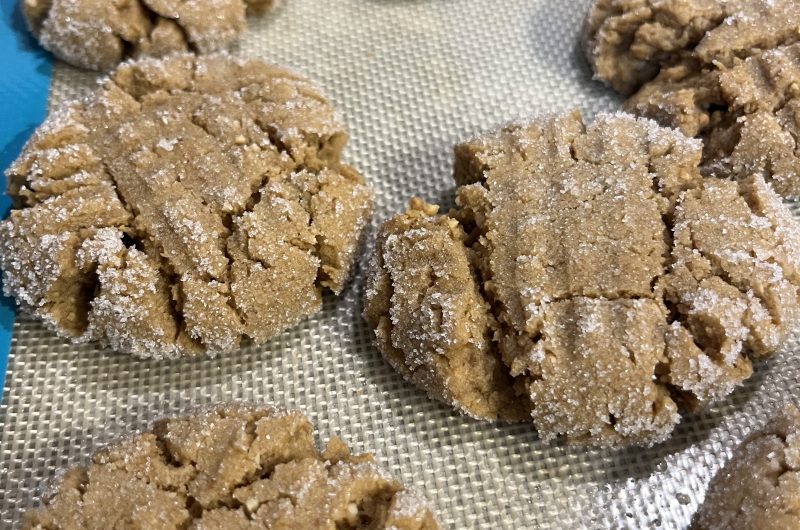Fall is pumpkin season, a time for cozy flavors and seasonal kitchen projects. Pumpkins are incredibly versatile, and preparing them at home can make dishes fresher and more flavorful. Whether you’re looking to make a creamy pumpkin puree for soups and pies, crispy roasted pumpkin for salads and sides, or crunchy pumpkin seeds as a tasty snack, this guide on how to prepare pumpkins will add to your confidence in working with these beautiful garden jewels.
Choosing the Right Pumpkin
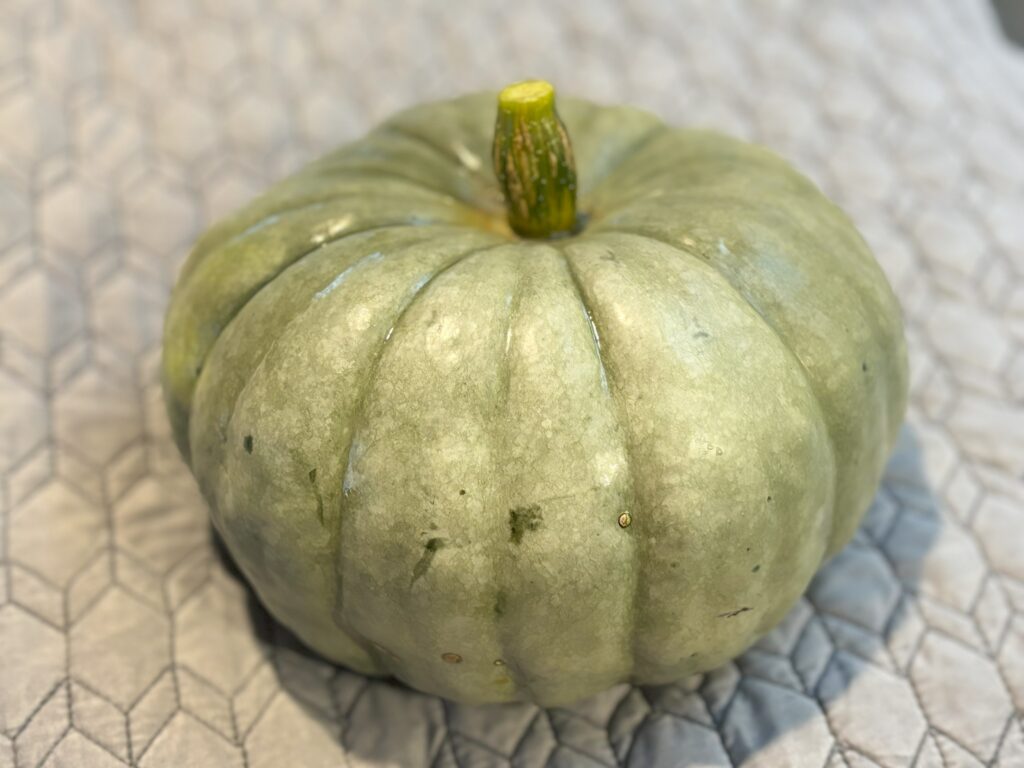
When it comes to cooking, not all pumpkins are created equal. For most culinary purposes, look for smaller “sugar pumpkins” or “pie pumpkins.” These pumpkins have a sweeter, smoother flesh and are easier to handle than large carving pumpkins, which tend to be stringy and bland. Choose a pumpkin that feels heavy for its size with a firm skin and no soft spots. I have chosen a jarrahdale pumpkin (isn’t she gorgeous?).
How to Bake Pumpkins for Pumpkin Puree
Pumpkin puree is the backbone of countless fall recipes, from pies to soups to muffins. While canned pumpkin puree is convenient, making it from scratch brings a deep, earthy flavor and natural sweetness.
What You’ll Need:
– 2 small or one average sized pumpkin
– Baking sheet
– Parchment paper or Silpat liner

How to Bake Pumpkin for Pumpkin Puree
Pumpkin puree is the backbone of countless fall recipes, from pies to soups to muffins. While canned pumpkin puree is convenient, making it from scratch brings a deep, earthy flavor and natural sweetness.
What You’ll Need:
– 2 small or one average sized pumpkin (sugar or pie pumpkins)
– Baking sheet
– Parchment paper or Silpat liner
Step-by-Step Instructions:
1. Preheat the Oven: Set your oven to 400°F (200°C).
2. Slice the pumpkin in half using a sturdy knife. Be careful, as pumpkins can be tough to cut. Use a spoon to scoop out the seeds and fibrous strands. Save the seeds if you want to roast them later.
3. Line a baking sheet with parchment paper (optional for easier cleanup). Place the pumpkin halves cut-side down on the sheet.
4. Roast the pumpkin in the oven for 40-50 minutes, or until the flesh is soft when poked with a fork. The skin may start to collapse and pull away from the flesh.
5. Let the pumpkin cool for a few minutes, then scoop out the flesh. Discard the skin.
6. Add the cooked pumpkin flesh to a food processor or blender and puree until smooth. If the puree is too thick, add a small amount of water as needed.
Storing Your Puree
Fresh pumpkin puree can be stored in the refrigerator for up to a week or frozen for up to three months. Portion it out in airtight containers or freezer bags, and you’ll have ready-to-use puree for soups, pies, or even smoothies.
How to Roast a Pumpkin
Roasted pumpkin cubes make a delicious side dish or a versatile ingredient to add to salads, grain bowls, or pasta dishes. Roasting caramelizes the natural sugars, bringing out a rich, nutty flavor.
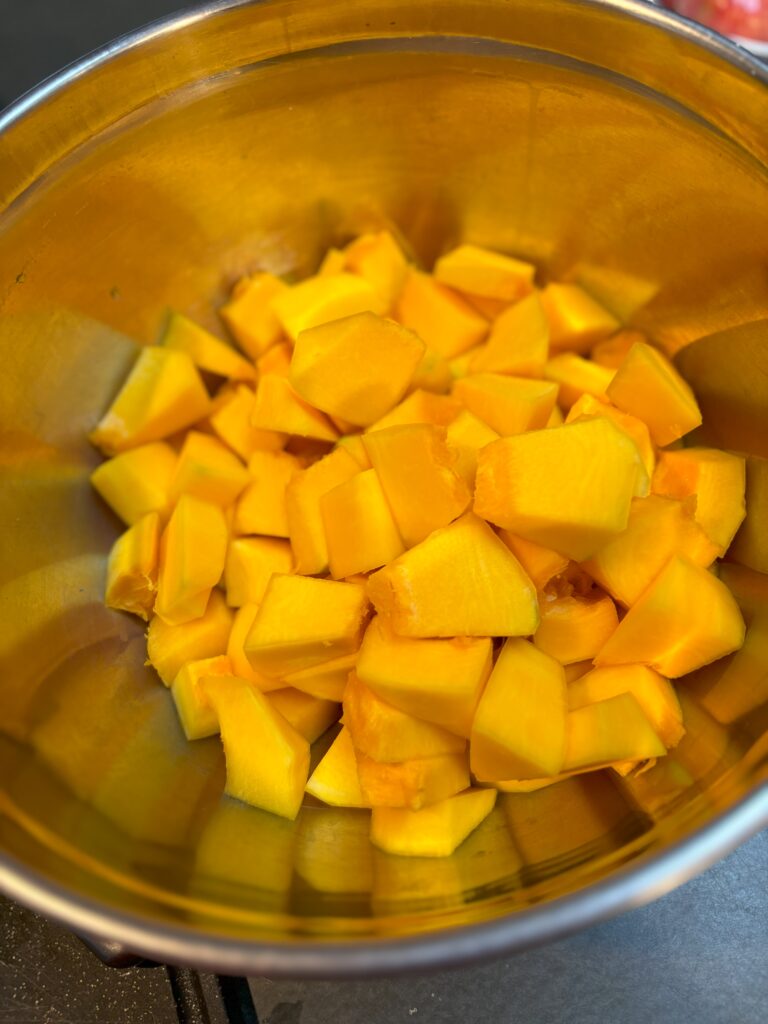
What You’ll Need:
– 1 small pumpkin (sugar or pie pumpkin)
– Olive oil
– Salt and pepper
– Optional spices: cinnamon, nutmeg, cumin, or paprika
Serving Ideas
Roasted pumpkin can be enjoyed on its own, tossed with greens and grains, or stirred into pasta. Leftovers can be refrigerated and added to meals throughout the week. Roasted beets pair beautifully with this preparation. Find Your Guide to Baking Beets Whole here.
How to Roast Pumpkin Seeds
Pumpkin seeds are nutritious and make for a crunchy, savory snack. They’re packed with protein, fiber, and healthy fats and can be easily seasoned to your liking.
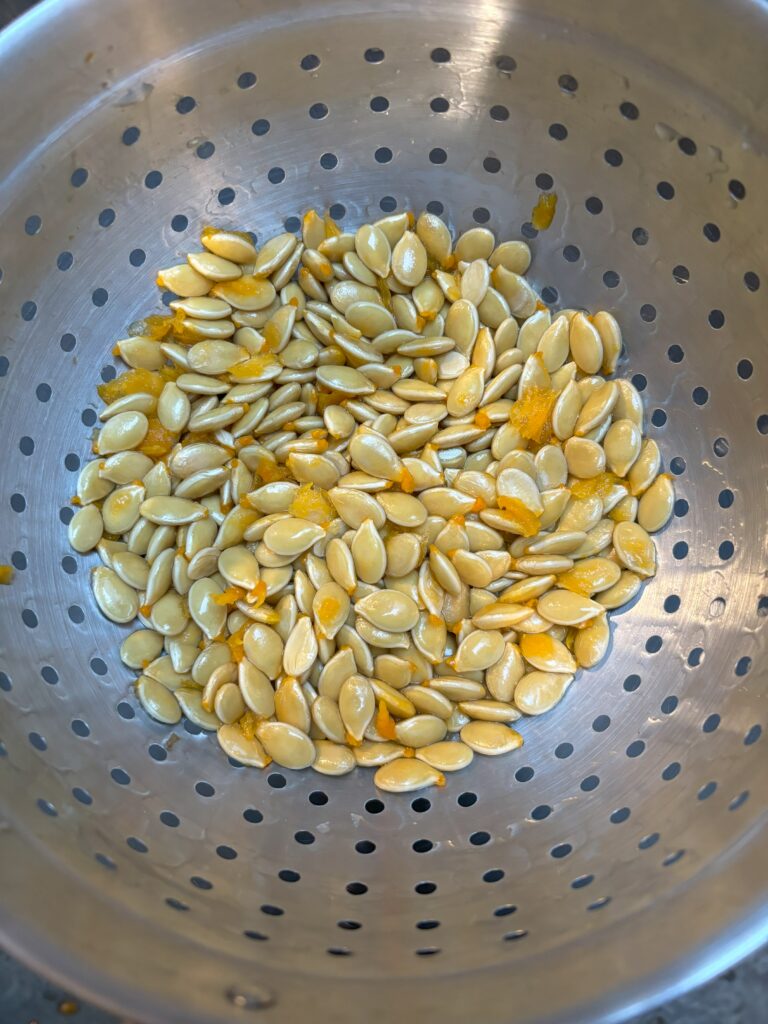
What You’ll Need
– Pumpkin seeds (from a cleaned pumpkin)
– Olive oil or melted butter
– Salt
– Optional seasonings: garlic powder, cayenne pepper, smoked paprika, cinnamon, or nutmeg
Step-by-Step Instructions
1. Rinse the seeds thoroughly in a colander, removing as much of the pulp as possible. Spread them out on a paper towel or clean kitchen towel to dry.
2. Preheat the Oven: Set your oven to 300°F (150°C).
3. Once dry, place the seeds in a bowl. Drizzle with a small amount of olive oil, sprinkle with salt, and add any spices or seasonings you like. Toss to coat evenly.
4. Spread the seeds in a single layer on a baking sheet. Roast for 20-30 minutes, stirring occasionally (every 10 minutes) to prevent burning. The seeds should be golden and crispy when done.
Storage
Once cooled, store roasted pumpkin seeds in an airtight container at room temperature for up to a week. They make a great snack on their own or a crunchy topping for soups and salads.
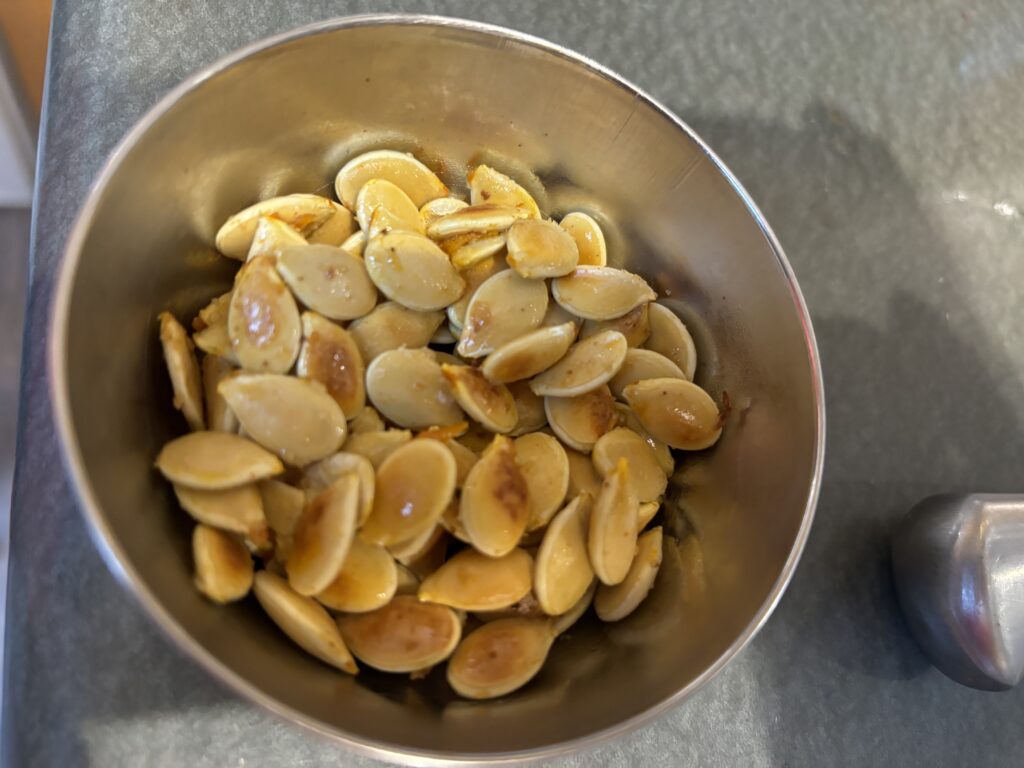
Tips for Working with Pumpkins
– Save the Skin: In some recipes, you can leave the skin on, especially if you’re roasting thin wedges. Pumpkin skin becomes tender and adds fiber and a subtle earthiness to the dish.
– Experiment with Seasonings: While pumpkins have a sweet, mild flavor, they pair well with both sweet and savory spices. For a sweet treat, try cinnamon, nutmeg, or brown sugar; for savory dishes, experiment with garlic, rosemary, or cayenne.
– Use Different Cooking Methods: Besides baking and roasting, pumpkin can also be steamed, boiled, or sautéed. However, baking and roasting are best for bringing out a concentrated flavor.
Nutritional Benefits of Pumpkin
Pumpkin is packed with nutrients and is relatively low in calories. Here are some of the health benefits:
– High in Beta-Carotene: The bright orange color of pumpkin is due to beta-carotene, an antioxidant that the body converts to vitamin A. This nutrient is essential for immune health, vision, and skin.
– Good Source of Fiber: Pumpkin contains both soluble and insoluble fiber, which helps with digestion, blood sugar regulation, and satiety.
– Rich in Vitamins and Minerals: Pumpkins are loaded with vitamins C, E, potassium, and magnesium, all of which support cardiovascular health, immune function, and overall well-being.
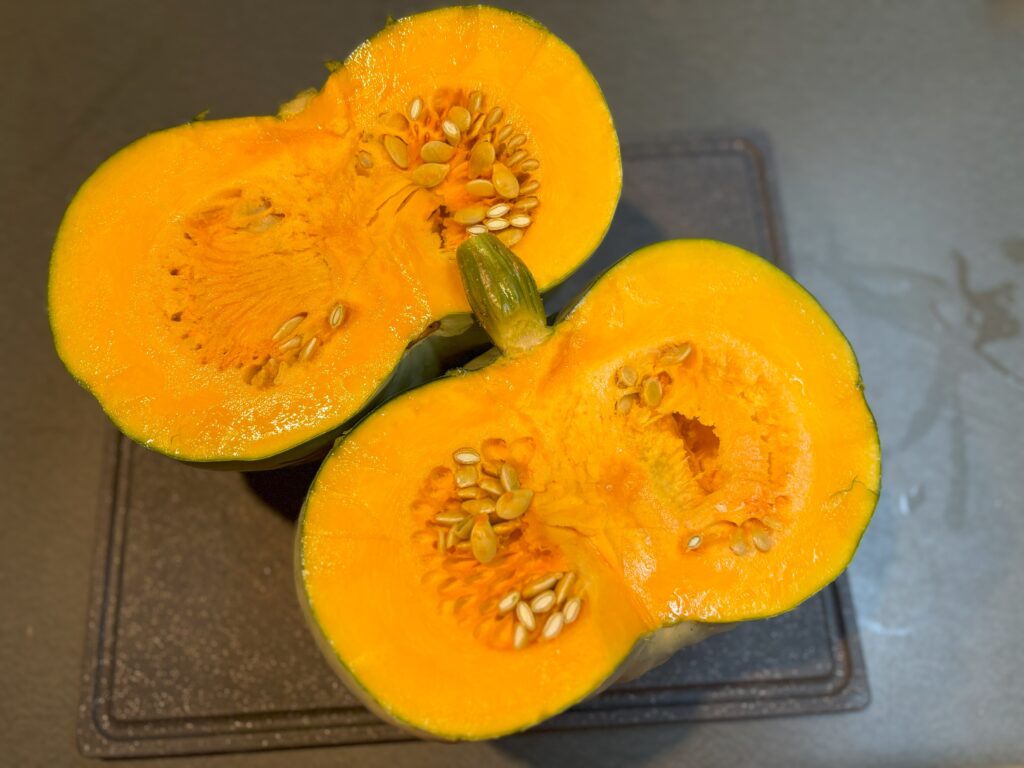
Creative Uses for Leftover Pumpkin
If you have extra pumpkin puree or roasted pumpkin, try these ideas:
– Add to Smoothies: Blend with yogurt, bananas, and spices for a creamy, nutritious smoothie.
– Make a Pumpkin Soup: Simmer puree with vegetable or chicken stock, garlic, and spices. Blend for a smooth, comforting soup.
– Bake with It: Pumpkin adds moisture and a subtle sweetness to muffins, bread, and pancakes.
Final Thoughts
Learning how to prepare pumpkins at home is rewarding and allows you to enjoy its fresh, vibrant flavors in various dishes. Whether you’re aiming for a smooth puree, caramelized roasted cubes, or crispy seeds, these methods will help you make the most out of this seasonal favorite. Enjoy the warmth, color, and taste that pumpkin brings to your autumn meals! For more information on delicious fall eats, see our guide to baking beats whole.



